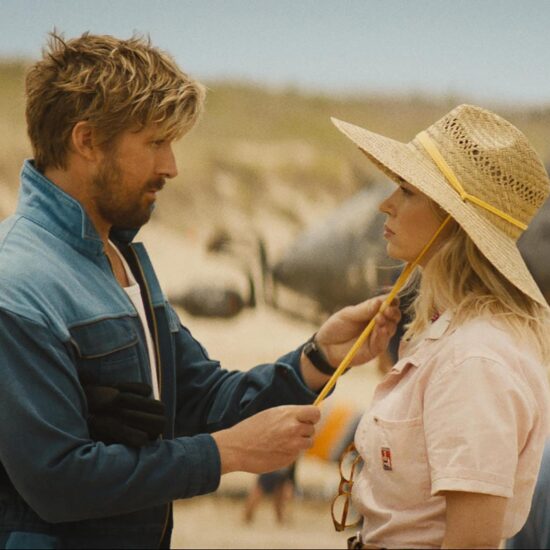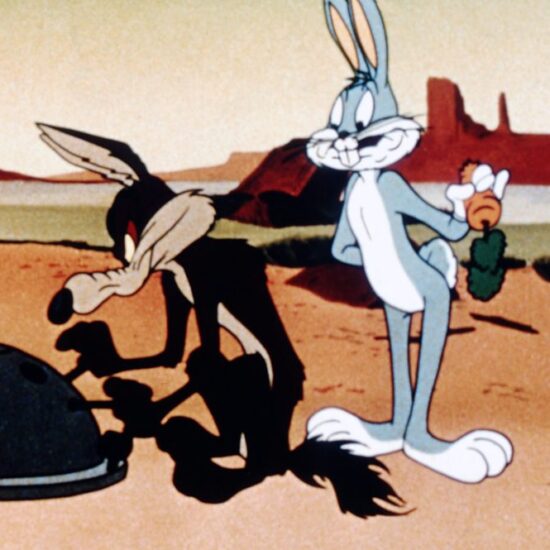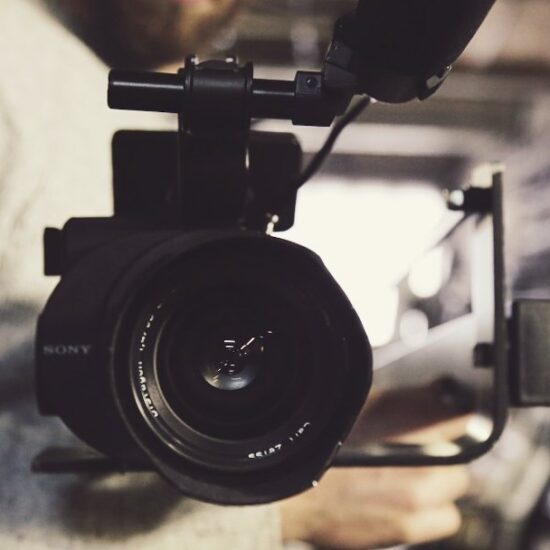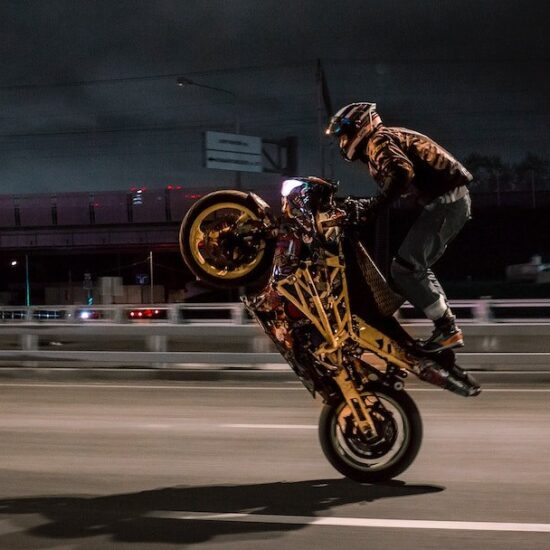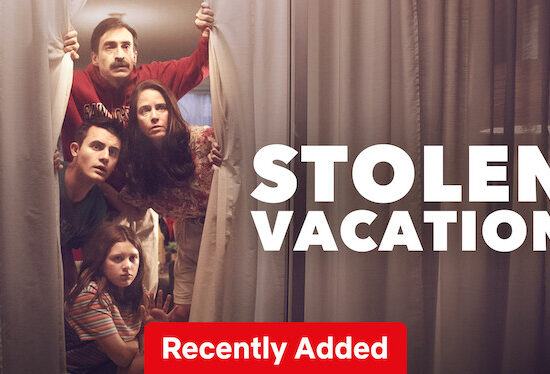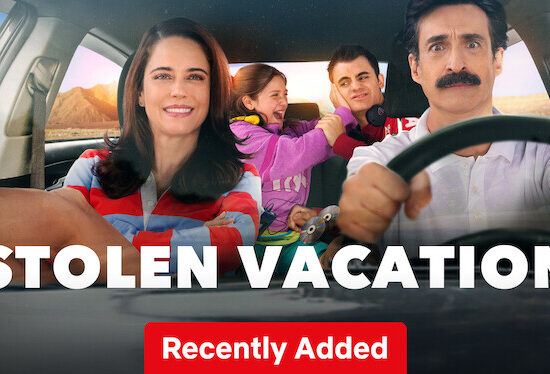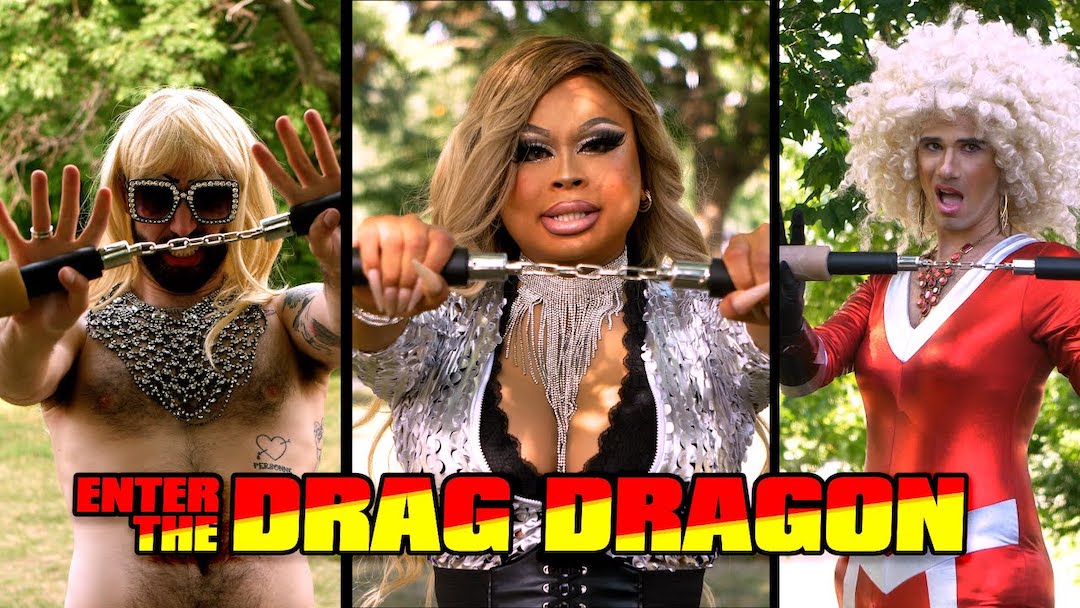
Elliot Grove asked me to list 5 essential things to make a no-budget B movie. Before I make my list, let me say I’ve made two no-budget short films, and now three no-budget feature films. And by no-budget, I mean films made with no producer or investor involvement, no granting or outside funding whatsoever … these films were made on a volunteer basis.
With what little money was spent on the film was paid for by those in front of and behind the camera. So now here are 5 things that go into making a no-budget B movie, along with a whole lot of ‘blood, sweat, and tears’:
1) Cast bartenders in your film, a lot of them!
That sounds weird, I know, but let me clarify this statement. I spent two years making Jesus Christ Vampire Hunter (2001 – my first feature film) and over the course of those two years, I cast most of the film out of Dominion Tavern. I spent nearly 4 years making Enter the Drag Dragon (2023) and in that time, I cast most of the film out of the Chez Lucien. Like the Dominion Tavern, Chez Lucien was a bar I frequented here in Ottawa 2 or 3 times a week. Let me say here – I am not an alcoholic – but I liked frequenting these bars because it allowed to me see people on wanted to with on the film 2 or 3 times a week.
If I need to rely on individuals to be on set on time, to bring certain props, to build me something, to do sound or whatever on set – seeing them 2 or 3 times a week was a good way of easing my stress on who I could rely on. These people I was seeing 2 or 3 times a week were people I’d work with in front of and behind the camera – they would be barflies, friends, people I would meet for the first time, kitchen help, bus boys, and bartenders. Now bartenders are the key to your success, and here’s how: if you cast a bartender in your movie, and you spend 2 or 3 or 4 years making a movie, for 2 or 3 or 4 years, that bartender is going to brag to everyone one he/she serves about the film they star in … and this single casting decision will guarantee you a sold-out premiere. You’re welcome!
2) Be realistic in terms of a shooting schedule
There’s no hurry to finish your film. Enter the Drag Dragon is my 8th feature film. Out of those eight films, three were no-budget genre pictures, two I made in Mexico with funding, and the last three I made were made with proper budgets in place. Those three properly budgeted films were all released in 2009, they included Smash Cut (which was shot in 25 days), Summer’s Moon (which took just 20 long days to shoot), and my last film, Stripped Naked– I shot that piece in just 14 miserable days! Let me tell you, I hated being on the sets of those last two movies. Shooting a movie in two weeks isn’t about making the best movie you can make, it’s about getting through the day. That is not the way to make art, and if you take your creative self seriously – stay away from a two-week shooting production.
All that being said, and get this through your head right now – you are not shooting your no-budget feature film in two weeks! It took me two years to make Jesus Christ Vampire Hunter (2001), another two years to make Harry Knuckles and the Pearl Necklace (2004) and because of my mother’s passing and the COVID-19 lockdown – it took nearly four years to make Enter the Drag Dragon (2023). Believe it or not – I wish I was still making the movie. I say this because when you’re young, and you’re struggling to make your 1st or 2nd film, you dream about making a properly budgeted movie with someone else’s money. But what I realized after suffering through making those last two films, was that I was living the dream of making my first two films! For me, it’s not about creative control, it’s all about creative enjoyment – and making the best film you can make. If you spend two years making a no-budget film, shooting on the weekends and making every shot, every scene, the best they can be – you will not only make your best and most personal film – you will also have the time of your life!
3) Keep your crew small and your cast BIG
Firstly – having a small crew will allow you to move fast, get more shots done in a day and allow you more one on one time with the people in front of and behind the camera. You can only keep your crew small by learning your craft. Learn the camera, and be your own cameraman. Learn sound, learn what it takes to get good dialog recorded. Edit your own picture, no one is going to finish your no-budget film for you – you editing your own film is the only way the film is going to get finished. Learn After Effects, do your own special effects – this is something I still need to learn myself. Keeping the process of making movies a learning experience is a great way to keep your creative juices flowing and your energy level high during your 2 or 3 or 4 long years of making your no-budget film. Oh, and by the way – if you are shooting and editing your own film – you don’t need to use a clapper board – using one is just a waste of time on set – you want to move fast from one camera set up to the next – GET THAT COVERAGE!
Secondly – a big cast will give the illusion of a bigger budget and will allow you to schedule more freely. If you cast your film with a small cast, you’ll end up with few actors having all the meaty scenes and dialog in the film – you’ll end up having your shooting schedule revolve around your actors’ schedules – you’ll find yourself only shooting when your cast is available. But if you want to keep shooting every weekend – if you want to shoot more frequently, create as many characters as you can, cast many actors but most importantly – keep your lead characters to a minimum – aim to cast only one or two lead actors. This way you only really have to rely on two actors and you can schedule scenes around whoever is available that weekend. On Enter the Drag Dragon, we had 31 principal characters and really only two leads – it was easy to find something exciting and new to shoot every weekend.
4) Shoot for the stars!
Your no-budget feature film doesn’t have to look small, shoot BIG, and get inspired! One easy way to make your indie film look bigger than your pocketbook is to shoot your film in as many, lavish outdoor locations as you can. Show off the city you live in with glorious establishing shots and shoot just about every scene in a different location.
Trust me – the little gas money you spend on getting everyone to set will turn your seemingly no-budget film into a James Bond movie! But keep this in mind – if you live in a wintery climate (like I do here in Canada), you’ll find yourself shooting all your outdoor scenes in the Spring and Summer, and all your interior scenes in the winter – so schedule your BIG, exciting shooting days in the Spring and Summer. The sky is quite literally your limit.
5) DON’T “Fix it in post”
If anyone tells you “you can just fix it in post” … you simply won’t finish your film … it’s the absolute worst advice in cinematic history! Get it right on set, put more work into pre-production, and avoid post-production headaches! If you think to yourself that you can simply fix the mistakes you make on set, when you get home to your laptop – quite simply – you’re fooling yourself – nine times out of ten anyway. Real filmmakers are one step ahead of the game, they have their shot list planned before getting to set, and they know how the scene will be edited on set … none of this is achieved with the notion of ’fixing it in post’. You’re making a film, you’re not televising a sporting event.
BIG thanks to Elliot Grove and everyone at Raindance. I hope to see you all at the London premiere of my 8th feature film, Enter the Drag Dragon at the Prince Charles Cinema on Tuesday, April 11th at 9pm. It’s going to be a blast!








